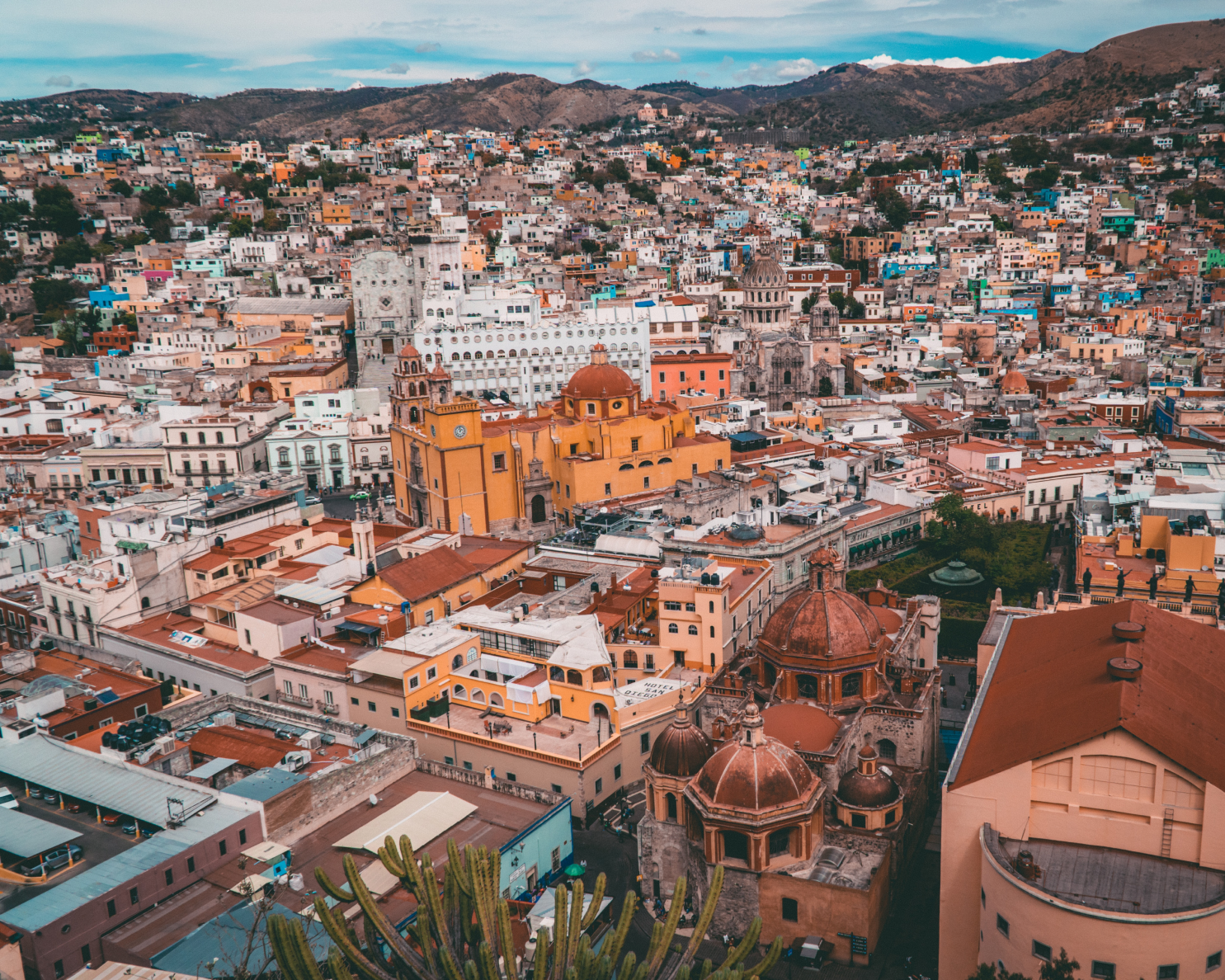Description
GreenStreet Africa develops and aggregates portfolios of distributed solar projects at public health and education facilities for implementation by private IPPs or ESCOs, financed with local capital markets solutions. GreenStreet’s combination of a public-private partnership, portfolios bundling together individual projects, and guarantee-backed local-currency debt financing is unique among distributed solar development models for the public sector. The pilot portfolio will supply reliable solar energy for up to six healthcare facilities that currently rely on diesel generators and unreliable grid connections. In addition to its positive SDG7 impact, GreenStreet contributes to the achievement of SDGs 3,4,5, and 13.
Location
Pilot planned in Nigeria across six sites.
Region
Sub-Saharan Africa
Instrument
Asset-based securities (ABS) or securitization
Instrument category
Aggregation models
Secondary instruments
Partial or full risk guarantee
Project size (range)
USD 5-20M
Project size (details)
USD 20M
Implementer
Nigeria's Rural Electrification Fund and GreenStreet Africa
Year of financial closure
Pilot ongoing in Nigeria
Client
Public health and education facilities
Primary financer
Nigeria's Rural Electrification Fund
Other co-financers
InfraCredit as local bond underwriter and guarantor.
Other contributors
GreenMax Capital Advisors
Other transaction participants
N/A
Barriers addressed
Aggregation makes smaller projects more feasible: While grant funds exist for solar energy installation, many donor-funded systems fail because of a lack of funds for ongoing operations and maintenance. Additional barriers include high upfront cost, minimal investor engagement, and lack of interest from service providers. GreenStreet addresses these barriers by combining predevelopment, aggregation, and tendering functions, assembling larger, high-quality project portfolios to avoid the higher costs and logistical difficulties associated with individually financing relatively small projects.
Investors will find an instrument offered by a new issuer risky. However, with GreenStreet, the debt product repayment guarantee mitigates risk borne by creditors. The fact that the underlying asset is a set of projects and are thus “diversified” unlocks the application of such credit enhancement tools.
Mitigated risk of off-tracker ability to pay for the energy generated: Government partners’ involvement and lockbox funding mechanism diminish this risk, with the DFI payment guarantee as an additional backstop.
Financing structure
Led by GreenMax Capital Advisors, GreenStreet Africa established public-private partnerships at country level with local public agencies. These partnerships identified and developed shovel-ready portfolios of distributed energy projects that could be tendered to service providers such as independent power producers (IPPs) or energy services company (ESCOs) for project construction and operation. This bundled approach creates portfolios large enough to appeal to institutional investors, while enabling the development of relatively small projects that would struggle to access affordable funding if developed individually. Along with the portfolio development rights, the service provider gains access to a prearranged local currency debt package to fund project construction. This debt is backed by a guarantee to reduce risk to institutional investors/lenders, and facilities’ energy supply contracts are separately supported by third-party payment guarantees. The GreenStreet model also includes operations and maintenance in facilities’ energy supply contracts, ensuring that projects stay online for their entire useful life, creating long-term value for both the developer and the public facility off-taker. GreenStreet’s development model Led by GreenMax Capital Advisors, GreenStreet Africa established public-private partnerships at the country level with local public agencies. These partnerships identified and developed shovel-ready portfolios of distributed energy projects that could be tendered to service providers such as independent power producers (IPPs) or energy services companies (ESCOs) for project construction and operation. This bundled approach creates portfolios large enough to appeal to institutional investors while enabling the development of relatively small projects that would struggle to access affordable funding if developed individually. The service provider gains access to a prearranged local currency debt package to fund project construction along with the portfolio development rights. This debt is backed by a guarantee to reduce risk to institutional investors/lenders, and third-party payment guarantees support facilities’ energy supply contracts separately. The GreenStreet model also includes operations and maintenance in facilities’ energy supply contracts, ensuring that projects stay online for their entire useful life, creating long-term value for both the developer and the public facility off-taker. GreenStreet’s development model becomes more efficient over time, allowing subsequent portfolios to be developed with less time and money.
Suitability for cities in low-and-middle income countries (detail)
Yes. It could help address similar issues around project scale and need to aggregate in order to attract investors.
Weblinks
The Lab. (2020) GreenStreet Africa Development Company
References
The Lab. (2020) GreenStreet Africa Development Company LAB INSTRUMENT ANALYSIS
